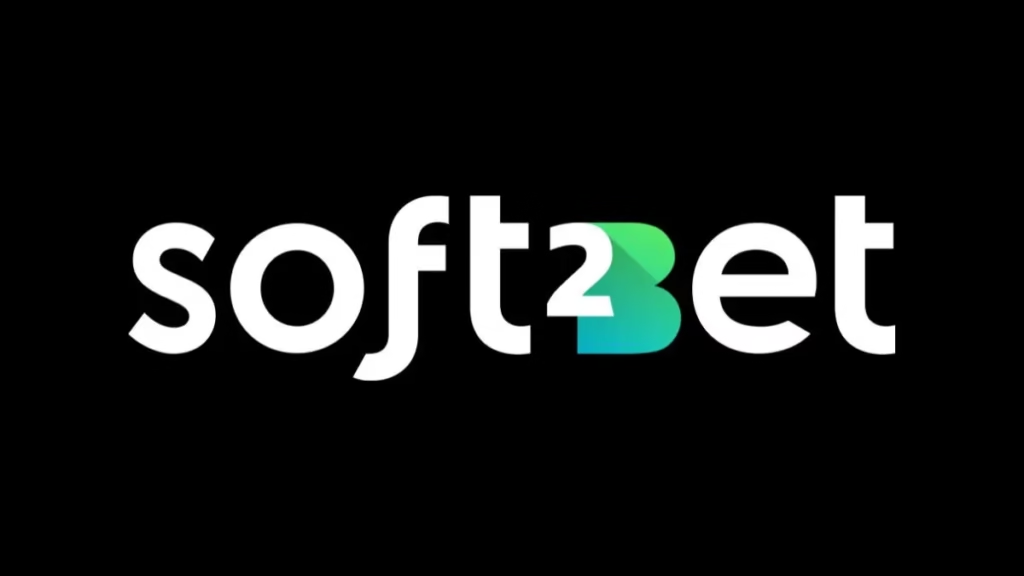Blockchain’s biggest impacts were in cryptocurrency trading, speculative tokens, and niche uses. One example is pre-match betting odds on blockchain sportsbooks in the early 2020s. By 2025, technology has become more varied, powerful, and subtly revolutionary. Blockchain innovation will change how we manage our identities and use money. It will reshape our media interactions and banking systems.
The early days were full of excitement and big changes. This helped the cryptocurrency ecosystem grow. Bitcoin and Ethereum remain the most recognized names. However, their role has shifted. They are no longer the center of the sector; instead, they are now the cornerstones of a larger framework. High-performance blockchains, Layer-2 solutions, and cross-chain protocols allow scalable ecosystems. They can now handle more users, more transactions, and greater acceptance.
RWA tokenization is one of the biggest breakthroughs of 2025. Today, blockchain networks turn commodities, real estate, and fine art into tradable tokens. This action aims to increase liquidity in markets that have been slow. It helps regular investors access these markets, making investing easier. You can now buy a fraction of a property and trade it like a stock. Settlements happen quickly. There’s no need to buy a whole apartment or wait months for paperwork.
Many people are now using Central Bank Digital Currencies, or CBDCs. This is an important change. By 2025, at least a dozen big economies will use their own digital currencies. Also, over 130 countries are researching, testing, or launching similar currencies. Though not traditional cryptocurrencies, these government-backed digital assets use blockchain technology. This helps speed up transactions, reduce fraud, and support financial inclusion. The crypto industry must rethink privacy, interoperability, and decentralization because of their arrival.
Interoperability has emerged as a key subject in infrastructure. Asset transfer between once isolated ecosystems is now possible. This is due to cross-chain bridges and multi-chain platforms. This promotes cooperative development in addition to lessening fragmentation. A developer can now create a dApp that runs smoothly on different blockchains. These include Ethereum, Avalanche, and Solana. This increased connectivity is spurring innovation and improving the usability of crypto services.
In 2025, decentralized identity will also become more popular. Blockchain-based identification solutions give people more control over their personal data. This change helps tackle worries about privacy, data misuse, and security breaches. These methods let users verify their identity without sharing personal info. This makes online transactions on social media and banking safer. Governments, schools, and big tech firms now use these technologies for digital verification.
Meanwhile, blockchain is still shaking up gaming and entertainment. Players now share ownership of the games they play. This change comes from more sustainable ecosystems that grew from play-to-earn models. Smart contracts boost immersion and economic value in virtual worlds. They do this by managing in-game economics, incentives, and ownership of digital assets. Musicians and artists want to skip middlemen. They are exploring token-based royalty systems to earn money straight from their fans.
However, difficulties still exist in spite of all of this development. The goal of regulation is still in flux. Some governments back innovation in cryptocurrency. Others limit or ban it completely. Security remains a concern. Smart contract faults and exploits often shake user confidence. The industry aims to attract the next billion users. It is focusing on public education and enhancing user experience.
By 2025, cryptocurrency will no longer be a niche trend. It is evolving into infrastructure. Engineers, entrepreneurs, and designers are reshaping ownership, digital trust, and financial institutions. They work quietly behind the scenes, away from the headlines and market charts. The next phase of blockchain focuses on usefulness, not just ideas. It can help with international payments, digitize supply lines, and support autonomous communities.
The advancements we see today are just the start of what we can expect tomorrow, based on the last five years.






